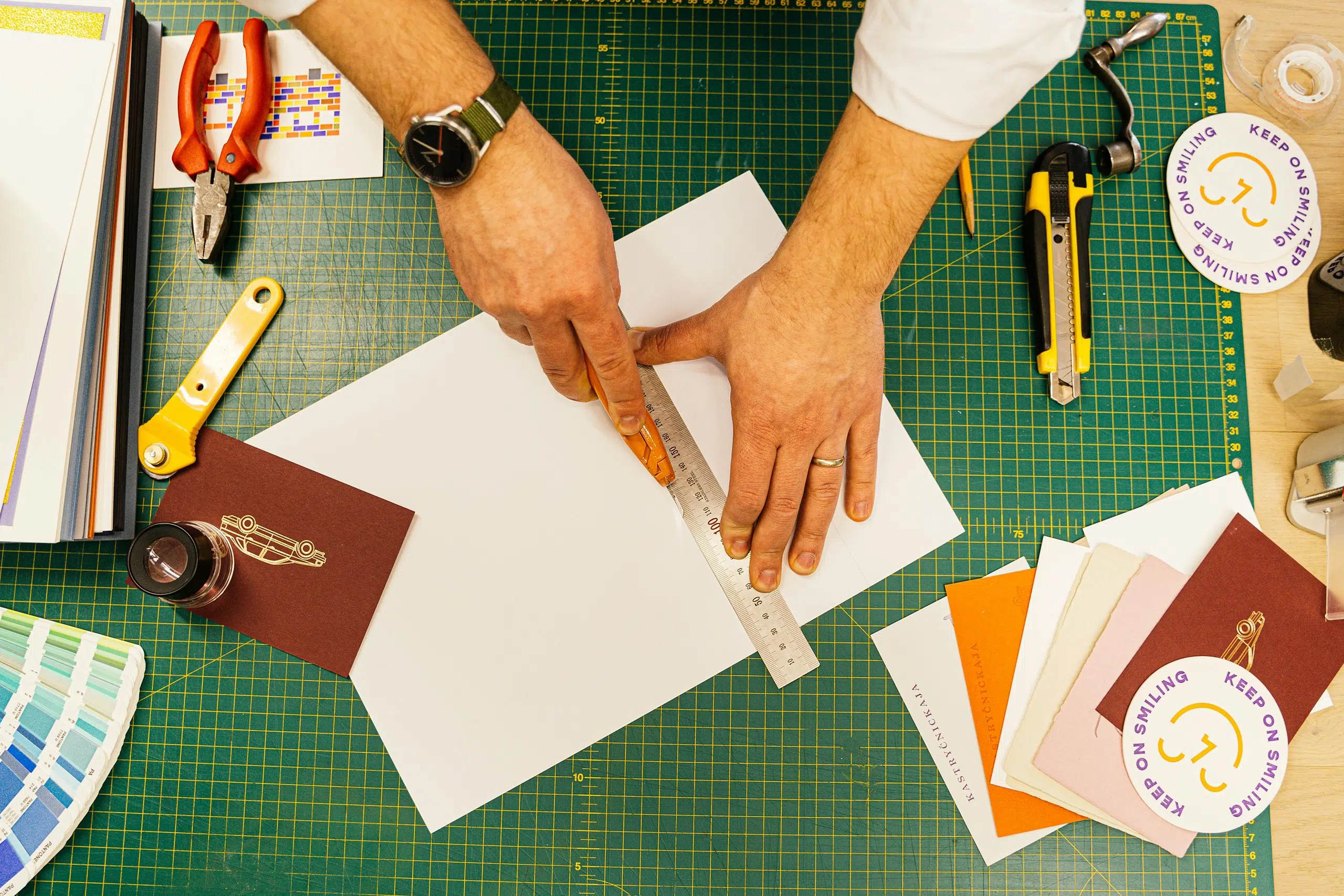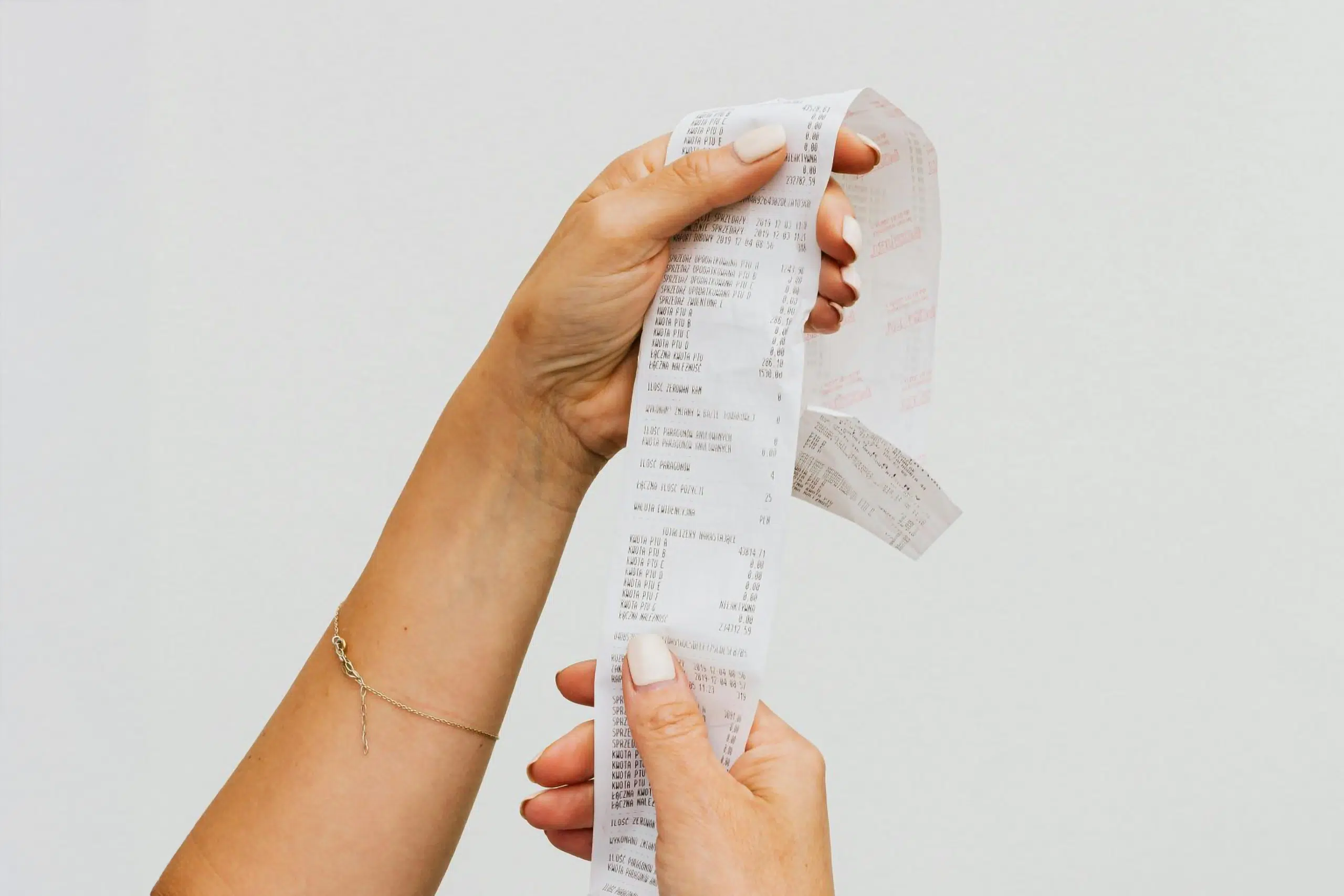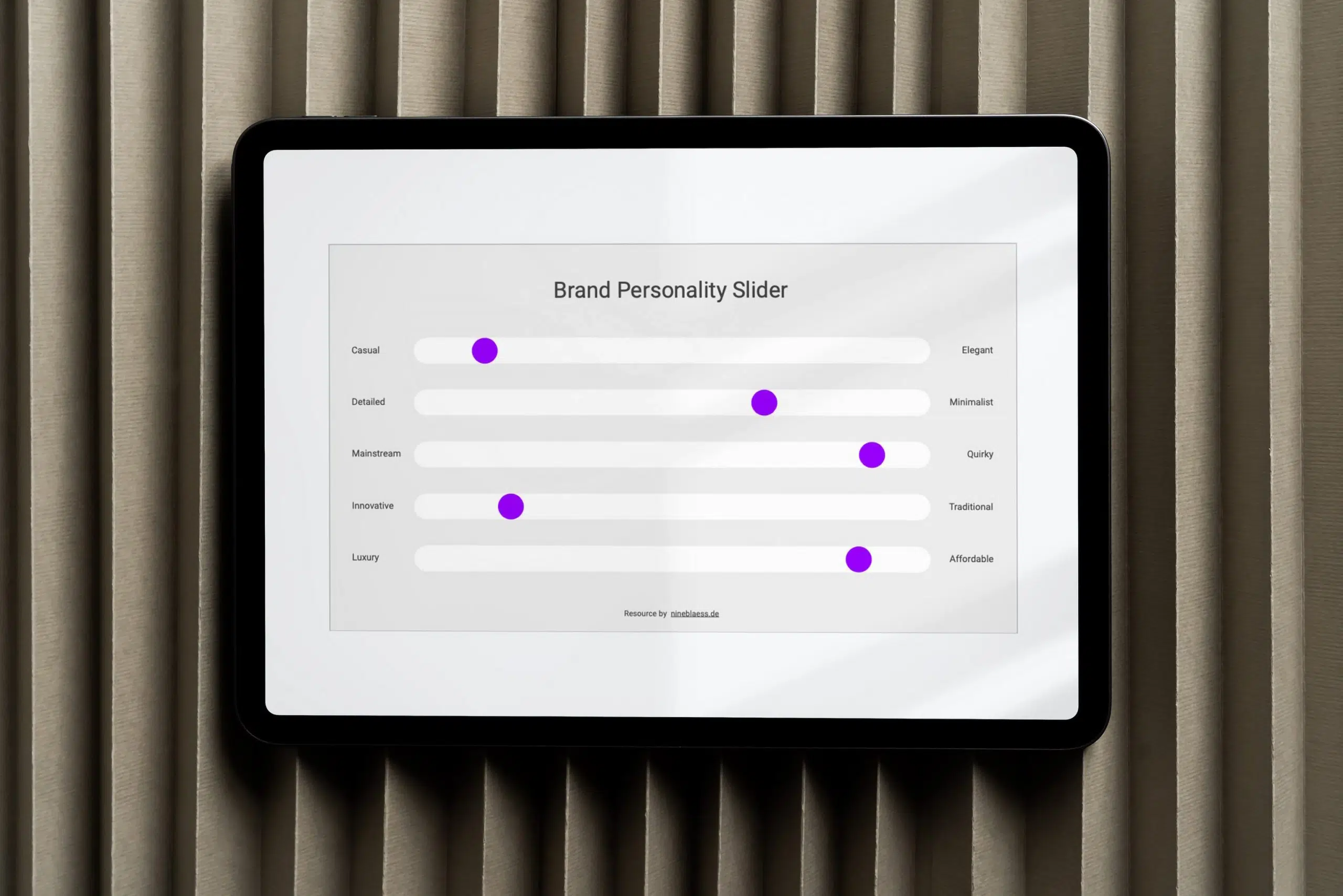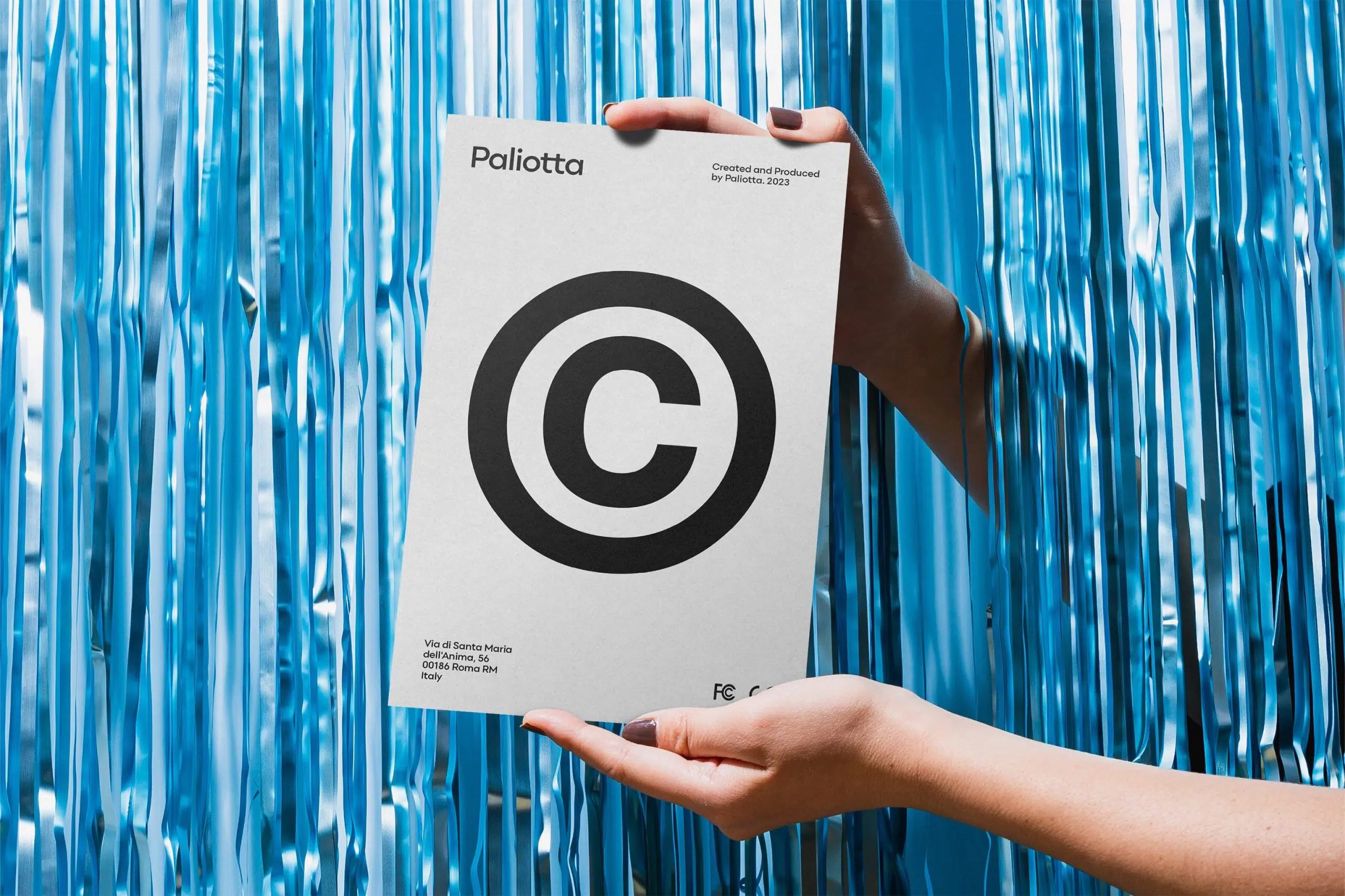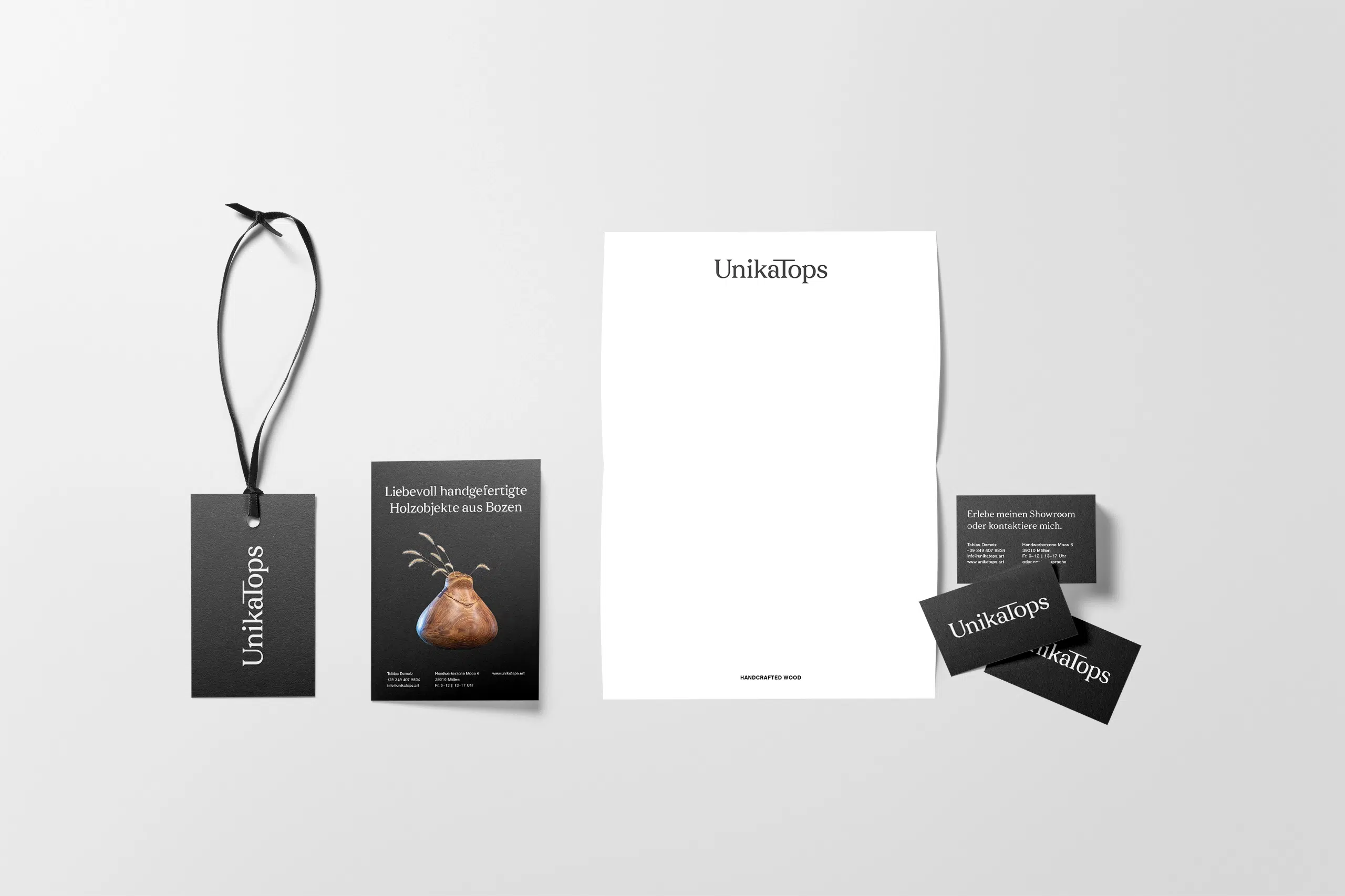Let’s find out what sensory branding means, why it has a promising future, and how your business can benefit from it.
What is sensory branding?
Sensory branding is a marketing technique to enhance brand recognition and differentiation using different sensory stimuli.
It acknowledges that our senses play a fundamental role in perceiving and remembering brands.
By appealing to our five senses (sight, sound, touch, smell, and taste), companies can create more immersive and memorable brand experiences that forge stronger emotional connections with their customers.
This deeper level of engagement can ultimately set your brand apart from the competition and leave a mark.
For example, did you know that smell is strongly connected to our memory—particularly when it comes to places?
Studies have shown that we can recall scents with an impressive 65% accuracy even a year later. In contrast, our visual memory declines to around 50% after just a few months.
The science behind sensory branding
What exactly happens in the brain when we process sensory information? Let’s take a quick look at the science behind sensory branding.
Our brains process sensory information in different areas, including the thalamus, the cerebral cortex and the amygdala.
When we encounter a sensory input, such as a sound, it travels from the receptor towards the thalamus, which receives it as a sensation. This sensation is then relayed to the cerebral cortex, which interprets and assigns meaning.
Finally—and maybe most importantly—the information reaches the amygdala, which processes our feelings and memories associated with that input.
So, when you incorporate multi-sensory stimuli into your branding, you can trigger richer, more emotional brand experiences.
Now that we know the science behind sensory branding let’s explore some techniques for implementing sensory branding, specifically:
- Sonic branding
- Scent branding
- Tactile branding
- Visual branding
- Taste branding
Sonic branding
Sonic branding uses audio cues, such as jingles, sound effects, spoken slogans, or specific voices, to create a distinctive auditory identity for your brand.
With podcasts and video content rising, sonic branding is becoming increasingly crucial for brands to cut through the noise and stand out.
Here are some ways your brand can use this tool:
Jingles
Jingles are short, catchy tunes used to promote a product or brand.
These simple melodies can help create a strong association between the brand and the jingle in consumers’ minds.
For example, the iconic Nokia ringtone is instantly recognisable and has almost become synonymous with the brand, making it one of the company’s most distinctive brand assets of all time.
But marketing expert Martin Lindstrom writes in his book Buyology, that this very ringtone actually triggered negative emotions in people’s brains—a reminder on why it’s important to understand how your audience feels about the sensory cues you use.
Sound Effects
Sound effects can also create a distinctive brand identity.
For example, the unique chime that plays when starting up a MacBook has become an iconic sound associated with the Apple brand.
This sound, along with other audio cues, helps create a consistent and memorable user experience across Apple’s products.
Spoken slogans or taglines
Slogans and taglines are short and memorable phrases to promote a product or brand. A spoken slogan or tagline can become pretty distinctive.
For example, “Because You’re Worth It” has become synonymous with the L’Oreal brand and reinforces the idea that the brand’s products are a luxurious and indulgent treat.
Specific voice
Using a specific voice can also help create a distinctive brand identity, like Jake Wood’s unique voice in Geico’s commercials.
Product sound
Finally, the sound of the product itself can become memorable. Just like the familiar and iconic sound of opening a Coca-Cola bottle helps to shape the overall Coca-Cola experience.
Scent Branding
Scent or olfactory branding uses smells to create unique and memorable brand experiences.
And it works.
For example, studies showed that adding scents to Nike stores boosted purchase intent by 80%, while infusing the smell of coffee at a petrol station increased coffee sales by a staggering 300%.
Scent is powerful because it bypasses rational thinking and goes straight to our emotions and memory. But there’s a catch: scent branding usually happens after purchase—when someone is already interacting with your product, space, or packaging. That’s why it’s particularly effective for creating lasting brand associations and increasing customer loyalty.
Scent branding is popular in retail, hospitality, and wellness spaces, but it’s not limited to those. You can also weave scent into your physical products, packaging, printed materials—or even create a custom signature scent for your brand.
My friend at Poet Botanicals does exactly that: crafting bespoke scents for companies that want to connect on a more sensory level.
Here are some ways to use scents in your branding:
Scented environments
Scented environments have become a popular sensory branding technique, especially in the hospitality industry, retail stores, spas, and other settings wanting to create a unique atmosphere.
For example, Ritz Carlton is known for its signature scent of lavender and rosemary, diffused throughout its hotels.
This scent creates a pleasant and memorable experience for guests, who associate it with the luxury and quality of the Ritz Carlton brand.
And you can even add the scent to your own home.
Scented products
Scented products are another way brands can use scent to create a distinct identity.
For example, the characteristic smell of Play-Doh is instantly recognisable and has become synonymous with the brand.
Similarly, scented candles, perfumes, and other scented products can help to create a unique, memorable brand identity by engaging consumers’ sense of smell.

Scented marketing materials
Scented marketing materials, such as catalogues, can also create a sensory experience for the consumer.
For example, a brochure for a gardening supply company could use the fragrance of freshly cut grass or blooming flowers to grab the reader’s attention and evoke emotions.
Another great example this McDonalds campaign from the Netherlands, where they removed any visual cues from the billboard and instead added the smell of fries.
Tactile Branding
Tactile or haptic branding uses touch to make brand experiences more memorable.
It incorporates textures, shapes, materials, and interactive features that appeal to our sense of touch.
Especially after the pandemic, people crave tactile experiences more than ever, again.
Did you know touch can even make us feel relaxed?
Touching releases oxytocin, the “bonding hormone,” which stimulates the release of other feel-good hormones, such as dopamine and serotonin.
Here are some ways brands can appeal to our sense of touch:
Tactile packaging and other printed marketing materials
Packaging design and other printed brand collateral and marketing materials can greatly benefit from incorporating tactile branding elements.
Using distinctive textures, shapes, materials or print techniques, brands can create more memorable and engaging experiences.
For example, a food company may use rough, textured paper for their packaging to evoke a feeling of naturalness and rustic charm.
Similarly, a high-end luxury brand may use sleek, smooth materials to create a sense of sophistication and elegance.
Tactile product materials
Product materials can also play a role in tactile branding.
Aluminium, for example, has become an unmistakable and recognisable aspect of the Apple brand.
Similarly, luxury car brands may use leather, wood or chrome to create a sense of refinement and exclusivity.
Tactile retail environments
Retail environments are another way to incorporate tactile branding. Tactile materials in interior design can help create a sense of ambience and atmosphere.
For example, a spa may use soft, plush materials and soothing colours to create a calming and relaxing environment.
A sports store, on the other hand, may use rugged materials such as concrete and steel to craft a sense of energy and excitement.
Visual branding
As you probably know, visual branding refers to everything that goes into a brand’s visual identity, such as a logo, brand typography, colour schemes or photography.
I will not go into detail here since visual branding is so widely understood and commonly practised.
Taste branding
Taste or gustatory branding refers to using specific flavours to enrich a company’s brand identity.
While commonly used in the food and beverage industry, it can be challenging for other brands to appeal to our sense of taste.
Nevertheless, some non-food brands have successfully incorporated taste into their branding, such as lip balms with distinct flavours, toothpaste, or even medicine.
Considering alternative creative options is worthwhile if your brand isn’t directly associated with taste. Why not collaborate with another company in a co-branding partnership?
For example:
- If you’re a fitness brand, you may collaborate with a beverage company to develop a line of performance-enhancing sports drinks.
- An outdoor brand could team up with a craft beer brewery to produce a series of speciality beers that capture the brand’s essence.
- A tech brand could collaborate with a coffee roastery to create a limited-edition tech coffee blend.
The future of sensory branding
As more brands incorporate sensory experiences into their marketing, sensory branding will become more sophisticated.
Plus, the future of sensory branding will likely be greatly shaped by new technologies and sustainability efforts.
Virtual reality
The development of virtual reality technology will enable brands to create more immersive and interactive sensory experiences, allowing them to engage with their customers on a deeper level.
AI and machine learning
AI and machine learning will enable brands to capture and analyse even more customer behaviour and preferences data. This will allow them to create more personalised sensory experiences.
Sustainability
Companies are increasingly expected to reduce their impact on the environment.
This may mean using more environmentally friendly materials and processes in the future and sourcing their raw materials from more ethical suppliers.
Sustainable brands may create sensory experiences that evoke positive emotions associated with nature, sustainability, and well-being.
Getting Started With Sensory Branding
To start incorporating a multi-sensory approach into your brand, consider these steps:
1. Understand your brand
Start by deeply understanding your brand’s values, target audience, competition, and personality. Then, identify your unique brand positioning and the key emotions you want to evoke through sensory branding.
2. Identify relevant senses
Determine which senses are most relevant to your brand and align with your desired brand identity. Consider how sight, sound, touch, smell, and taste can enhance your brand experience.
3. Develop consistent sensory elements
Create a cohesive brand identity by developing consistent sensory elements across different touchpoints. Work with specialists in each field.
For example, Drop Music Branding focuses solely on audio branding. Don’t trust your visual designer with sound!
4. Test and refine
Experiment with different sensory elements and gather feedback from your audience and stakeholders. Based on the responses, refine your approach and adjust if needed.
5. Integrate sensory elements
Implement sensory branding elements into various brand touchpoints, including packaging, retail environments, digital platforms, advertising campaigns, and product design. Ensure a seamless and immersive sensory experience for your customers.
6. Measure impact
Continuously evaluate the impact of your sensory branding efforts. Monitor brand recognition, customer engagement, and brand loyalty to assess if your sensory elements reinforce your brand identity effectively.
Conclusion
Sensory branding goes beyond visuals to create rich and memorable brand experiences. By engaging all five senses, companies can strengthen their emotional connection with their customers and stand out from competitors.
Science shows that sensory inputs activate specific brain regions, allowing for more impactful brand experiences.
You can use sonic, scent, tactile, visual, and taste branding techniques to appeal to different senses and establish a unique brand identity.
The future of sensory branding looks interesting. Virtual reality, AI, and sustainability efforts will likely influence it and people will look for alternative experiences to digital ones.
To implement sensory branding, businesses should first and foremost understand their brand and build on a solid foundation.
If you’re interested in the topic, I can recommend Martin Lindstrom’s book Brand Sense: Sensory Secrets Behind the Stuff We Buy.
Don’t know where to start your branding journey? You might like my compilation of branding resources, or drop me a line and let’s chat.
Title image by Yaroslav Shuraev





